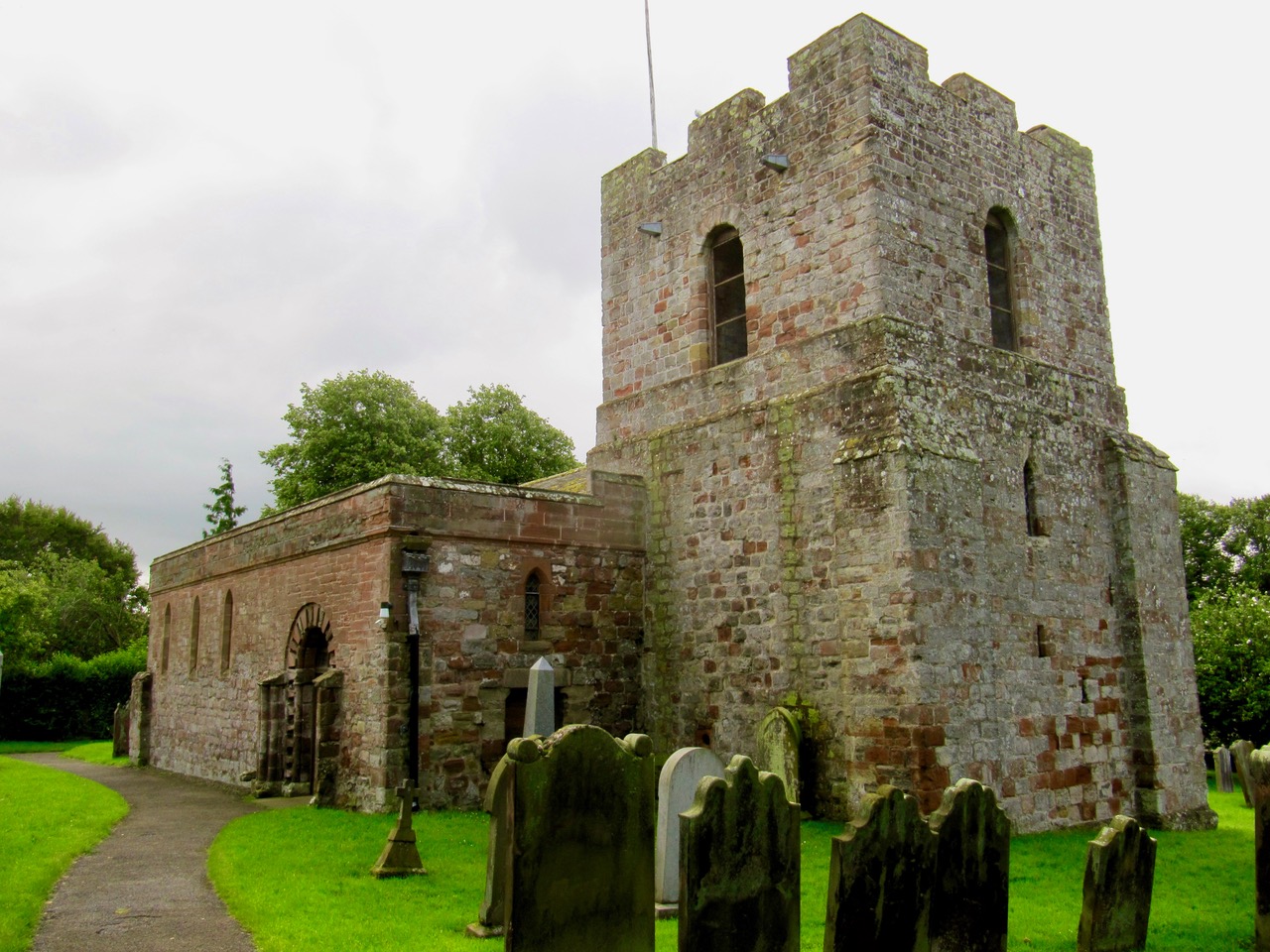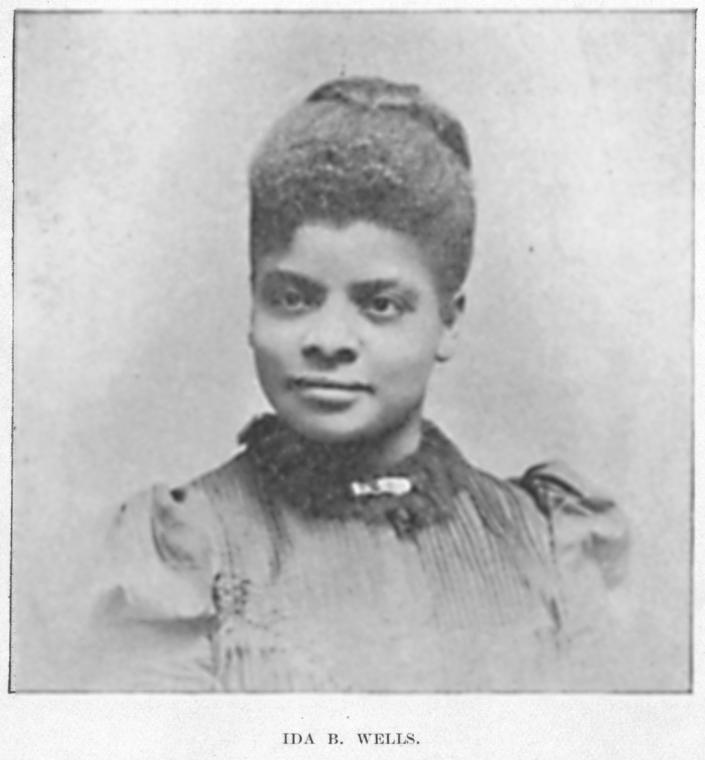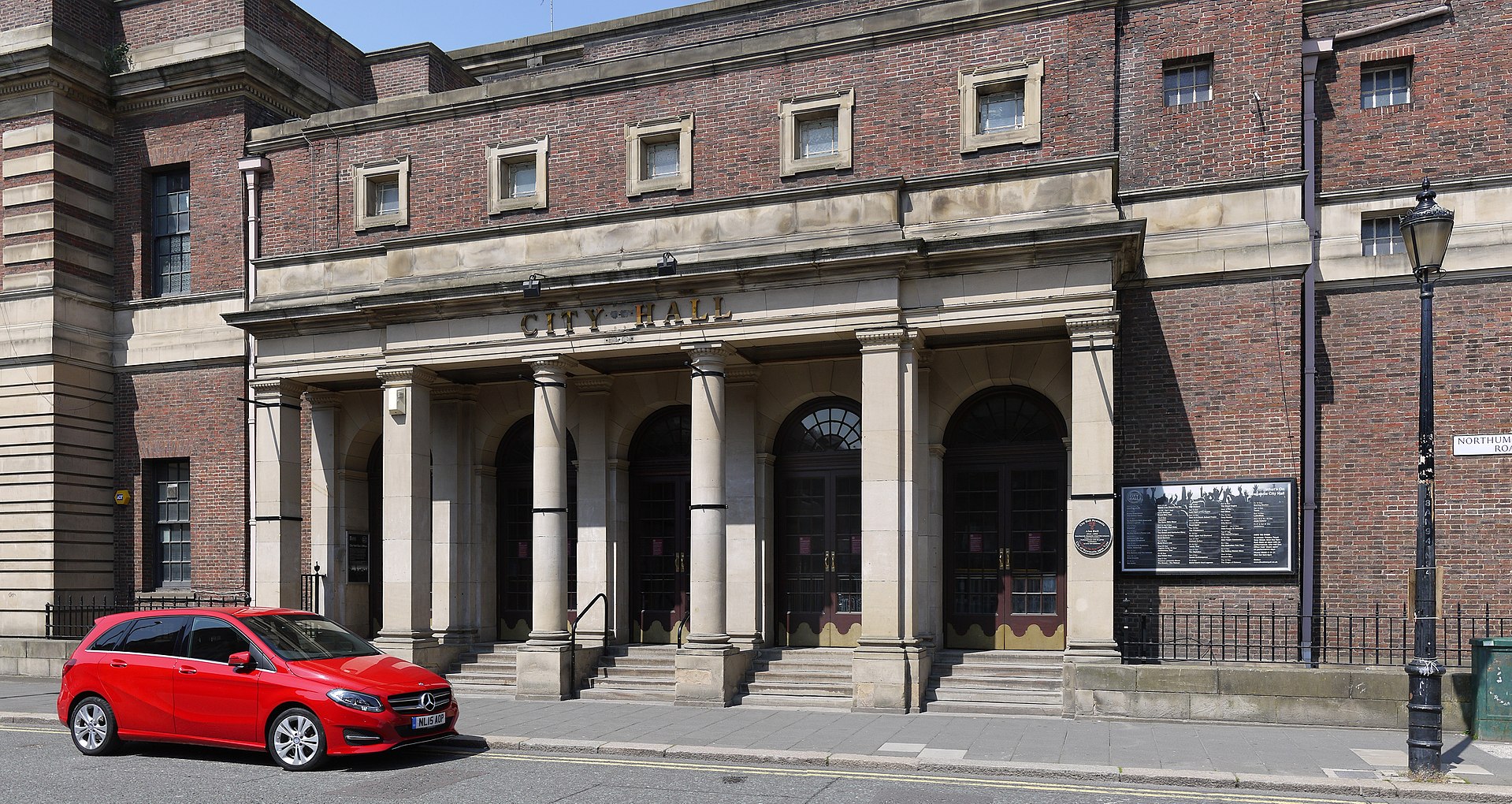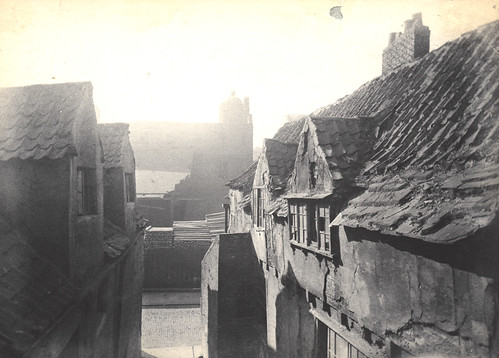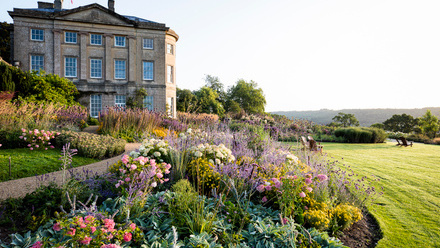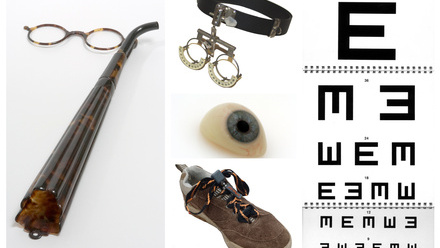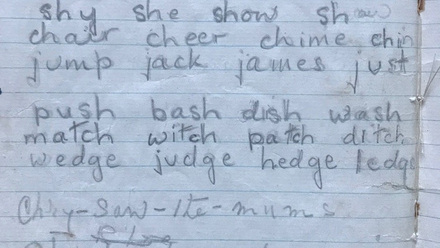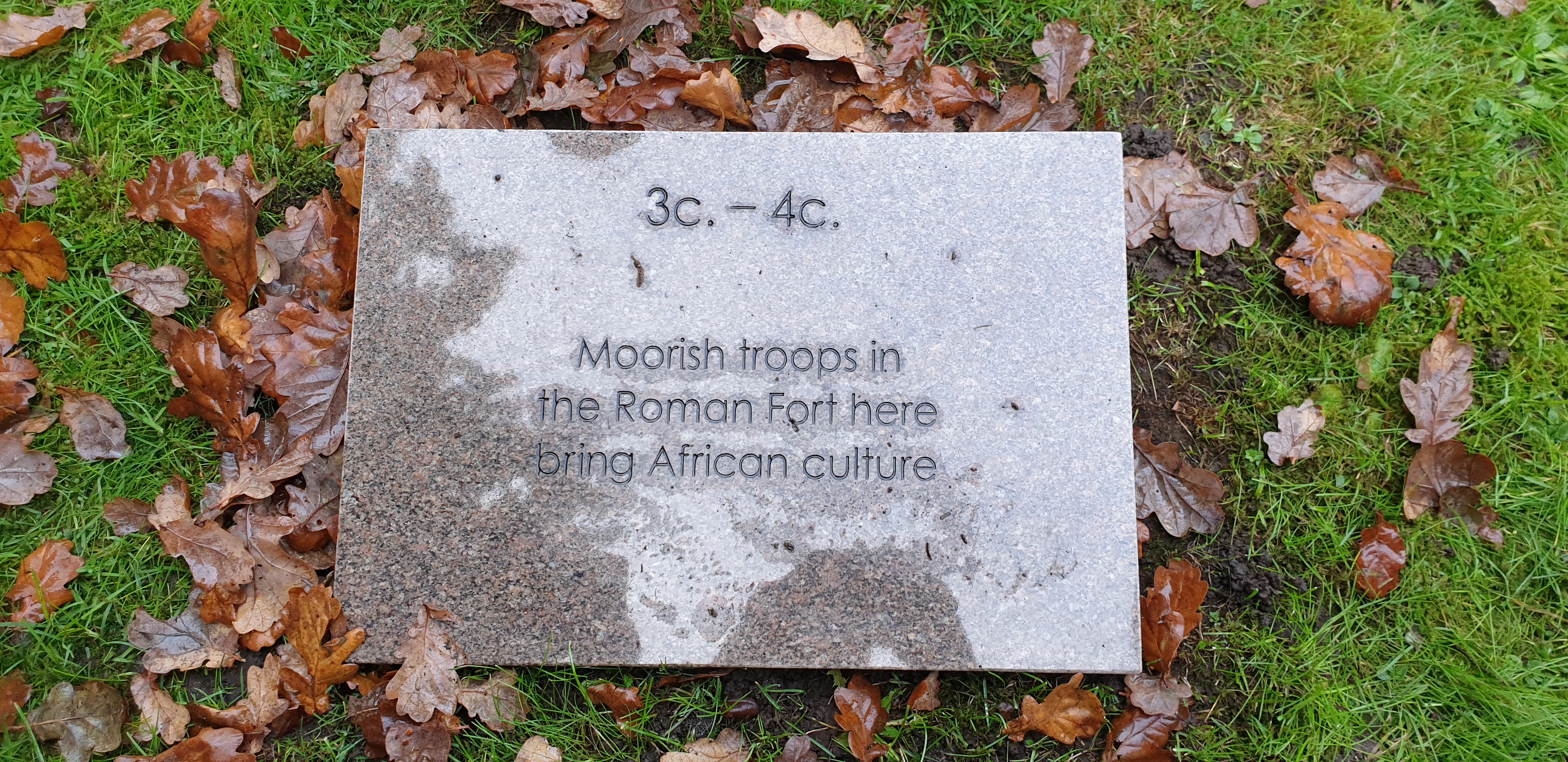
Stone laid by the Bishop of Carlisle celebrating the African cultural influence brought to Northern England in the third century BC. (Image courtesy of Beverley Prevatt Goldstein)
It all started over a cup of coffee in Heaton Park, Newcastle, during Covid lockdown August 2020. Two strangers, Beverley Prevatt Goldstein and Barbara Kent, met to reflect on racism in Newcastle following a brief exchange at an online webinar.
The outcome: A decision to create a calendar on African Lives in the North East, to challenge the myth that black people are newcomers and spongers. Utilising the interest in black history expressed pre-Covid by members and friends of the North East of England African Society and a network of historians and community activists, a calendar was produced in three months. Its success led to two further calendars, a booklet, online school resources, a website, and online and live Newcastle walks. A dedicated team of volunteers and the financial and/or practical support of Newcastle Antiquaries and Historic England, among others, made these achievements possible.
We were here – Roman soldiers,Tyneside workers
Developing the walks – from the region to the city
Nevertheless, our research highlighted that it was the famous visitors to the city of Newcastle that dominated the records and this led to the development of our Newcastle Walks. I highlight three characters on the walk, two who delight me, Ida B. Wells and Paul Robeson for their commitment to challenging interlinked oppressions, and one, William Fifefield, because he’s ordinary, because he is Caribbean (like me) and because he is a puzzle.
Ida B. Wells – the ‘uncontrollable’ champion
Paul Robeson – the activist actor
William Fifefield – the local ferryman
I hope that you are similarly intrigued by these stories and will use our website to learn more and to contribute your thoughts, your knowledge.
Find out more
African Lives in Northern England – More information on these characters and the doctors, sailors, campaigners, actors, sportsmen, singers, students, nurses, with pictures, speeches and songs, and information on the buildings linked with them can be found on the website.

